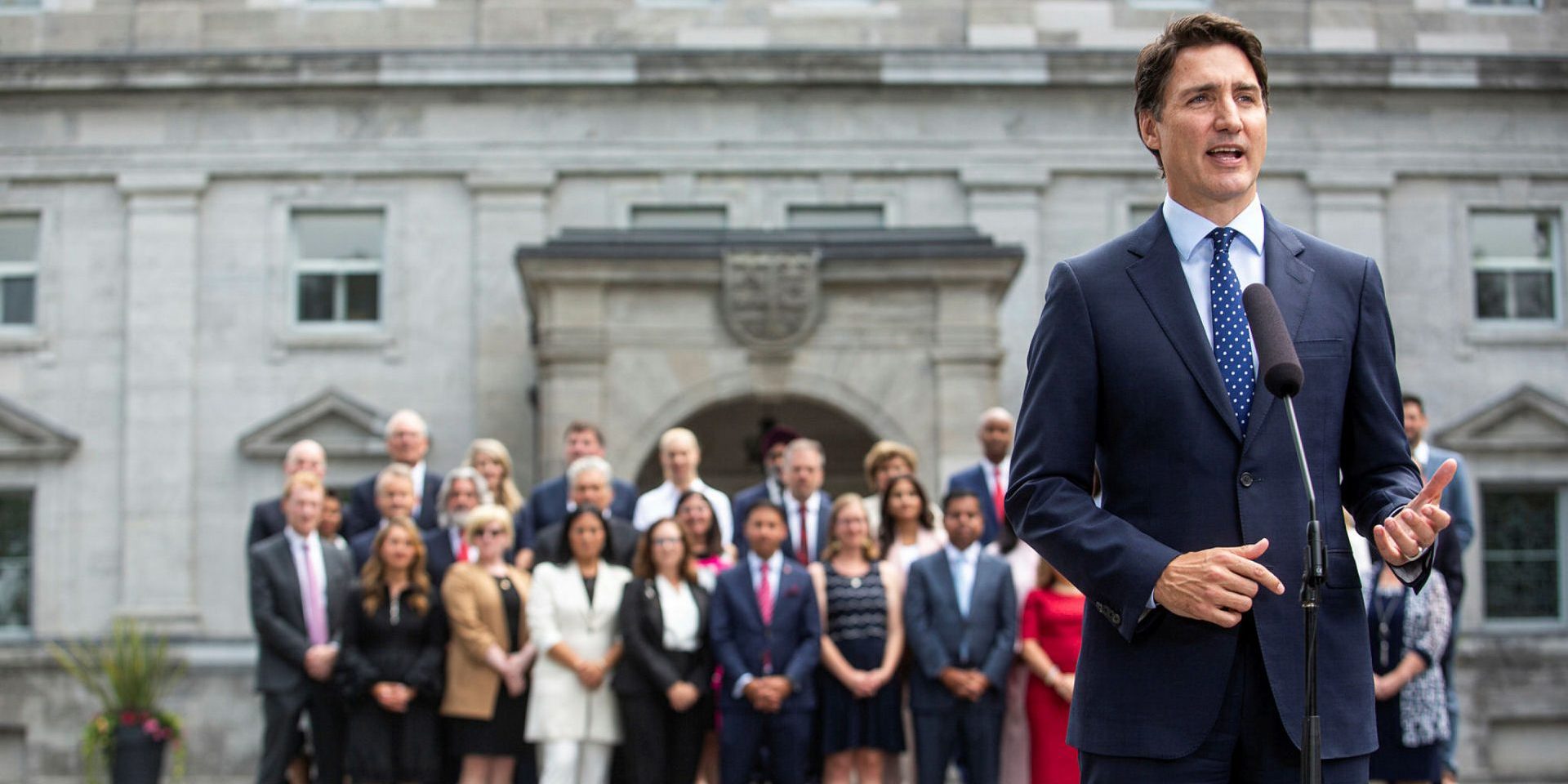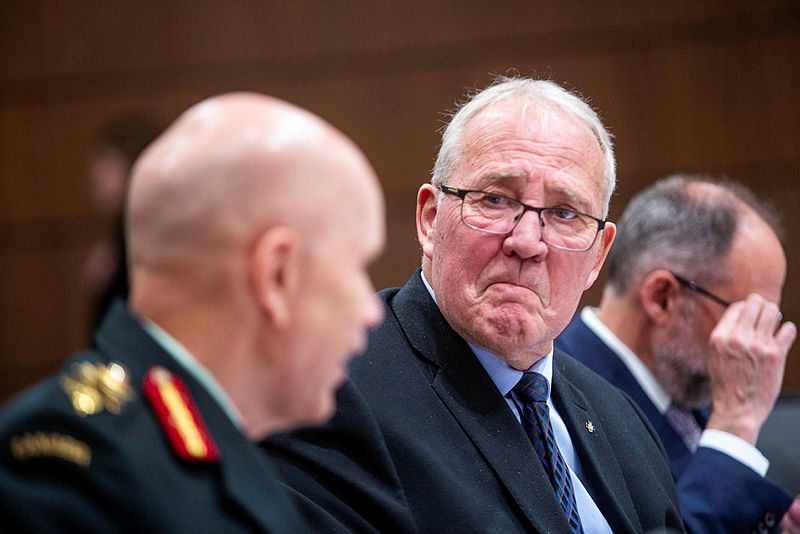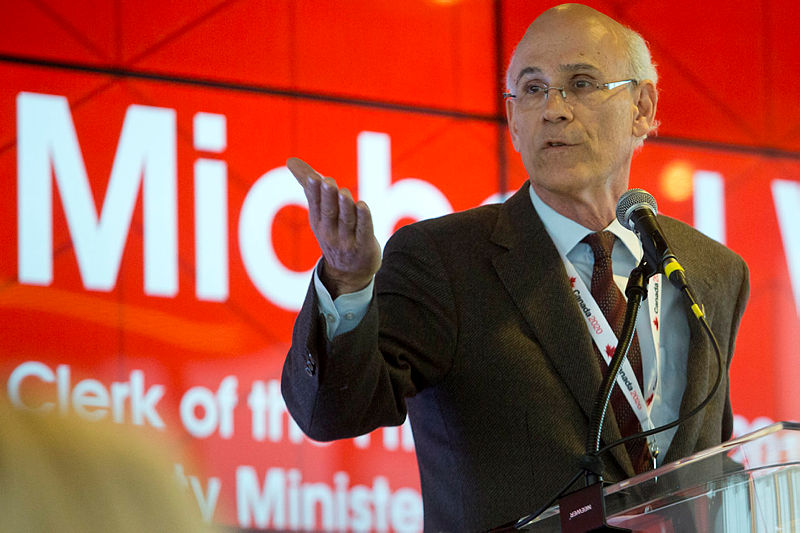‘Lack of direction’: delayed release of mandate letters raises questions over government’s plans

With updated cabinet instructions still missing in action more than two months after the July 26 shuffle, questions loom over the Liberal government’s future plans.
It’s been 70 days since the cabinet shuffle, and updated mandate letters have yet to be released—amounting to the longest the federal cabinet has gone without being given new directions from Prime Minister Justin Trudeau (Papineau, Que.) following a major changeup. After the last shuffle following the 2021 election, mandate letters were issued after 51 days. In 2018, cabinet instructions were released 41 days after a major shuffle. In 2017, it took 22 days. When Trudeau’s cabinet was first formed in 2015, it only took eight days for ministers to receive their mandate letters.
The only shuffle in which it took longer than the current delay for mandate letters to emerge was the 136-day wait following the resignation of Bill Morneau for then-new Finance Minister and Deputy Prime Minister Chrystia Freeland (University-Rosedale, Ont.) and Intergovernmental Affairs Minister Dominic LeBlanc (Beauséjour, N.B.) to receive “supplementary” mandate letters along with all other cabinet ministers.
A PMO spokesperson referenced the 2021 mandate letters when asked about new cabinet instructions being released.
“Current mandate letters were published in accordance with the beginning of the mandate in December 2021, and remain available online,” Alison Murphy said in an email, remarking that there is “nothing new to confirm at this time.”
When appearing in front of the House Defence Committee on Sept. 28, new Defence Minister Bill Blair (Scarborough Southwest, Ont.) was asked whether he had been given a new mandate letter, and he replied that he had not.
“I’m acting on the mandate letter that was provided to my predecessor Minister [Anita] Anand,” said Blair.

That mandate letter was written before the Russian invasion of Ukraine in 2022, which the government has suggested has led to a change in Canada’s defence landscape.
The 2021 mandate letters also don’t cover new Citizens’ Services Minister Terry Beech (Burnaby North-Seymour, B.C.), who was shuffled into a post that didn’t exist prior to July 26.
Asked about a mandate letter for Beech, Murphy said she had nothing to add.
A spokesperson for Beech confirmed to The Hill Times that he has yet to receive a mandate letter.
When the Trudeau Liberals came to power in 2015, the government broke tradition by publicly releasing mandate letters, which outline key policies and initiatives that the prime minister expects his cabinet ministers to work on.
Former NDP staffer Cameron Holmstrom said the delay in releasing the new mandate letters spotlights the reason cabinet was shuffled in the first place.
“This was not a shuffle they necessarily intended on making,” said Holmstrom, now principal at Niipaawi Strategies. “This was more out of necessity than desire to do so.”
He said the extended period of time it’s taking to release the mandate letters shows a lack of forethought in creating a governance plan with the shuffle.
“It was more reactive than being proactive on their part,” said Holmstrom, remarking that releasing mandate letters shouldn’t take a long time.
If the shuffle was made to respond to a certain need or problem, he said cabinet instructions are needed to show the government has a plan of action.
“The fact that you’re not releasing [the letters] almost undercuts the effectiveness of trying to say, ‘Look, we’re working on it,’” he said.
Without cabinet instructions, Beech’s appointment could seem to cynics as simply putting someone in a seat, as opposed to addressing a specific need, Holmstrom said.
“The best way to disprove that and quiet those critics would be to have that letter, but the fact that it isn’t there tells me that this is much more of a reaction to something and maybe more of a communications exercise than actual governance,” he said.
Conservative commentator Rodolphe Husny, a former Hill staffer who ran for his party’s leadership in 2020, said mandate letters are “crucial to provide clarity on expectations.”
“Delay [in their release] is symptomatic of [a] lack of direction of this government,” he said. “How can a newly appointed minister, especially in a new portfolio, issue directions without it? It’s the equivalent of navigating without a map or a compass, and means they are just in a reactive, transactional approach to governing.”
Husny remarked that a lot has changed for the Canadian economy and geopolitics since the Liberal government last released mandate letters in December 2021. He added that, during his time on the Hill, they were a “helpful document” for ministers when instructing bureaucrats, and for ensuring co-operation between other ministers and departments with shared responsibilities.

Former senior civil servant David Zussman said he is “worried” and “concerned” that at least two cabinet ministers (or their offices) have indicated that they have not yet received a mandate letter.
“With the absence of mandate letters, we really don’t know what each and every individual minister is expected to do,” said Zussman, who served as assistant secretary to cabinet for program review and machinery of government during the government of then-prime minister Jean Chrétien. “It’s very possible that they themselves don’t know what the prime minister wants them to accomplish in the remaining months before the next general election.”
He said the priorities of the government are really only revealed in mandate letters, calling the instructions a “very useful management tool and accountability tool for the government.”
Zussman was puzzled as to why the cabinet instructions have yet to come out.
“I’d like to think they consider the mandate letters to be important,” he said, remarking that even before mandate letters were made public, they were an “important device in getting the government started in the right direction.”
The mandate letter is a “perfect time and opportunity” for the government to make clear to the public what Beech will try to accomplish in his new cabinet post, Zussman said.
“It may be a missed opportunity. It does surprise me, given the experience of the Prime Minister’s Office,” he said.
Former Liberal staffer Elliot Hughes said he expects the cabinet instructions will come out shortly, but remarked it would have been ideal if they had been released to align with the return of Parliament last month.
“But I think it’s pretty clear what everyone and all cabinet ministers need to be working on, based on what’s going on in Canada and globally—so housing, affordability, and so on. So, while I think it would be helpful for the mandate letters to come out, I also don’t think it’s impeding or stopping the government from following through on what it needs to be doing,” said Hughes, now a senior adviser with Summa Strategies.
He suggested the delay is likely due to the government going through a process to assess what it needs to accomplish over the next two years.
“That is a bit complex and complicated to determine,” said Hughes. “You’ve got a lot of different factors [to deal with], including the economy, the deal with the NDP, what kind of issues and policies they want to focus on for the rest of the mandate to the lead-up to the next election.”
“My sense is it’s taking a bit longer than normal because they want to make sure they get it right, and that they lay out very clearly what their priorities are going to be over the next couple years. With a lot of factors influencing that, that takes some time and deliberations,” he said. “I think it’s probably going to come out in the next couple of weeks.”
In the case of Beech, Hughes said the new minister has probably been told what is expected of him, but remarked that having additional specificity of what expectations are for him will be “very helpful.”
Former Privy Council clerk Michael Wernick downplayed concern over the delay in releasing refreshed mandate letters.
“In most cases, ministers can just take the baton from their predecessor and work on the to-do list in previous mandate letters and deal with issues as they come up,” he said. “No one is sitting around wondering what to work on.”

But Wernick said it does lead to an “interesting case” for Beech, as it “isn’t clear where his role fits in with that of Treasury Board President [Anita] Anand, who has all the real power and levers in how government works.”
Wernick said the public mandate letters help in holding the government to account by providing a list of what it indicates will be a priority, and help to clarify the boundaries between ministers and “sort out traffic control on big files” by indicating who is leading and who is supporting work on different files.
nmoss@hilltimes.com
The Hill Times






 LICENSING
LICENSING PODCAST
PODCAST ALERTS
ALERTS













